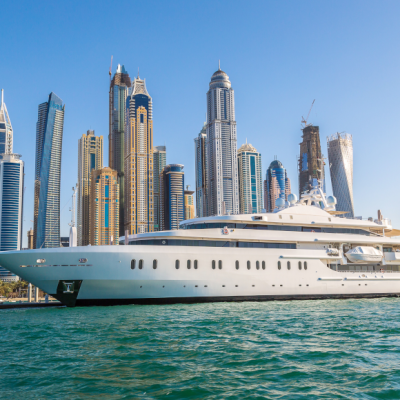The number of millionaires worldwide has decreased for the first time in a decade due to the impact of stock market crashes, high inflation, and a weak global economy. High Net Worth Individuals (HNWI) have been hit particularly hard, including in Germany where many wealthy individuals are struggling with geopolitical and macroeconomic uncertainties. According to the World Wealth Report by Capgemini, the number of HNWI globally decreased by 3.3% to 21.7 million in 2022, with their wealth dropping by 3.6% to $83 trillion. This is the first time in ten years that HNWI have lost so much wealth, with the main cause being geopolitical and macroeconomic uncertainties.
The wealthiest individuals in North America saw the biggest decline in their fortunes, with a 7.4% decrease, followed by Europe (3.2%) and Asia (2.7%). The situation for HNWI in Russia was particularly dire, with their numbers decreasing by 14.9% in 2022. However, HNWI in the Middle East, Africa, and Latin America were able to increase their wealth slightly despite the challenging economic situation, mainly due to price developments in the oil and gas industry. In Germany, the number of HNWI decreased by 20,900 people, with only 1.61 million people having an investable wealth of at least $1 million in 2022. Their total wealth decreased by 2.2% compared to the previous year, with Germany still ranking third among countries with the highest number of dollar millionaires.
The macroeconomic situation has led to a shift in focus for many HNWI, with 67% trying to preserve their wealth rather than expanding it. This is reflected in changes in their asset allocation, with a decrease in the percentage of stocks and fixed-income securities and an increase in cash and short-term investments. Alternative investments, such as private equity, remained largely unchanged, while real estate accounted for 15% of their portfolio. The study also highlights a changing distribution of wealth across different asset classes, with wealthy investors increasing their cash and short-term investments from 24% to 34% in January 2023. This is due to higher interest rates and relatively low risk in certain investment forms, such as savings accounts.










